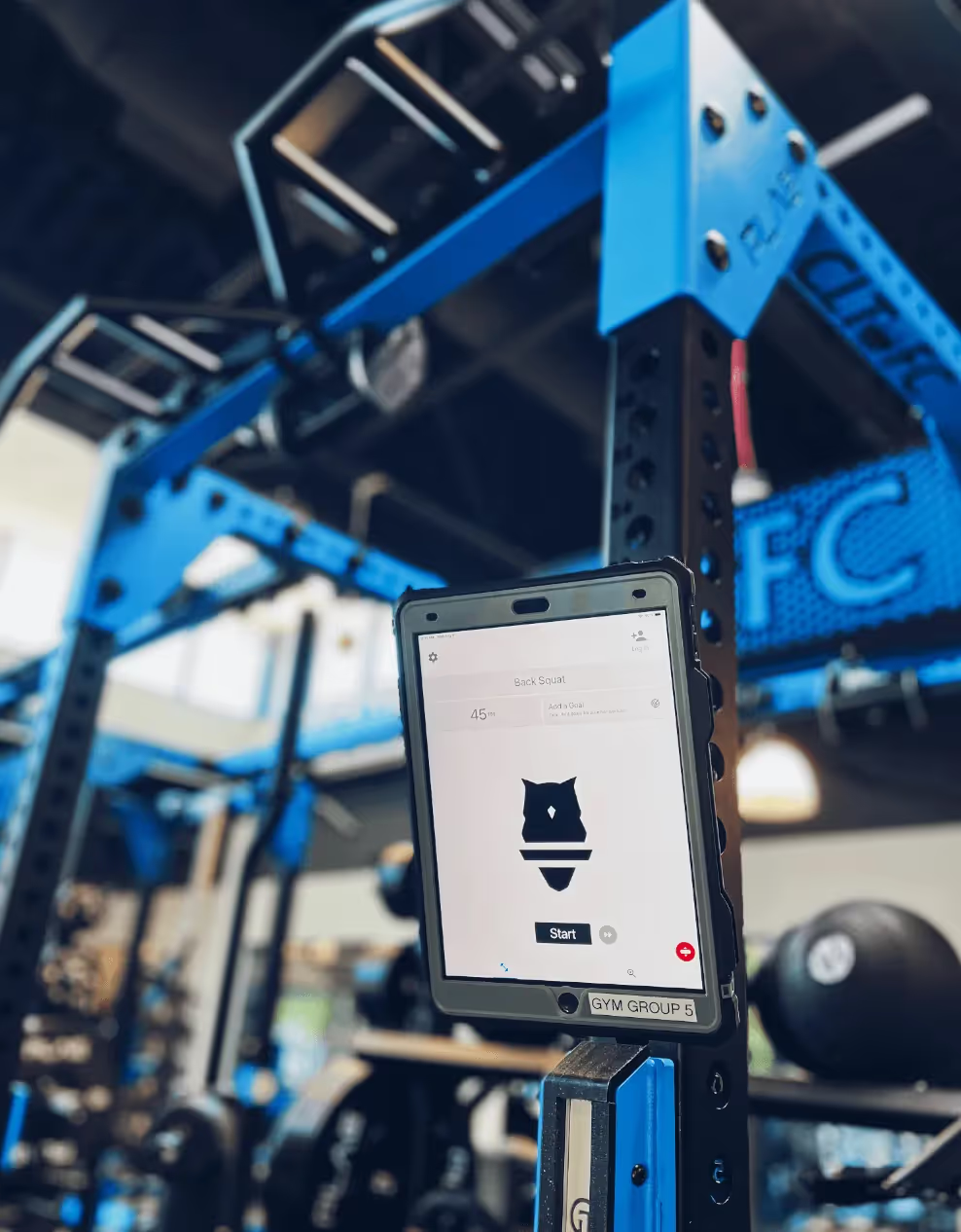VBT for Military Personnel

This week we continue our 5-part-series on Velocity Based Training for specific populations with VBT for military personnel. When your “sport” is survival in combat, the stakes are a bit higher. And when overtraining or injuries have the potential to risk national security, the precision with which training sessions are executed is paramount.
THE JOB OF MILITARY PERSONNEL IS INHERENTLY STRESSFUL:
- Irregular Schedules and Long Hours
- Sleep Deprivation
- Family Life
- Extensive International Travel
- Physical and/or Mental Trauma
Without a way to monitor or regulate loads contingent on the individual’s status, training becomes a guessing game when it needs to be executed with the utmost care and precision.

VBT IN A MILITARY SETTING
As in any setting, the Military has a range of athletes: some who enjoy PT and want to constantly lift and train, some who want to do the bare minimum, and plenty in between. By using VBT, we can help regulate the loads of the most committed to enhance their performance where it matters most (the field of battle). And we can encourage those less inspired to train by providing a metric and live feedback to enhance their performance and efforts within the weight room setting.
On top of this, with VBT, and Perch specifically, data is accessible via the tablet app, and then stored in the web app. PT coaches can access the data and monitor longitudinal trends for individuals, catch any red flags that may be indicative of overtraining or excessive fatigue, and help keep athletes on track. The more Military Personnel that remain active and injury free enhances the amount of resources available to continue to protect national security interests both at home and abroad [1, 11-12]. And weight room technology by way of velocity based training can assist in that pipeline.
A HYPOTHETICAL CASE STUDY
Let’s say you’re a PT coach for a military base in North Carolina. You have an operator who recently came back from a 9 month deployment. You trained him regularly prior to his deployment but don’t know how consistent he has been in the last 9 months, nor do you know what the nature of his deployment was. After months of his sympathetic nervous system being on high alert, and 36 hours of travel back to base, he caught a nasty cold. His wife, young daughter, and infant son were eagerly awaiting his arrival and he has been catching up on time with them instead of resting to recover properly.
He is coming to see you tomorrow in the weight room for PT, and you’re not sure what he will be like upon arrival. Your job is to ease him back in, but given the large amounts of stress acting on him, it will be tough to gauge without data points. With Velocity Based Training, you can understand the amount of accumulated fatigue, and regulate loads and volume to enhance his recovery instead of detract from it. In this way, we can prevent chances of injury and get him back to full health sooner and with greater precision.
CONCLUSION
Velocity Based Training provides data points where previously there were none, and can alert coaches to potential issues with military personnel before they erupt. Technology can inform decision making on the battlefield and on base, including it in the weight room is just another step on the way to making training military personnel a precise science instead of a guessing game.

Read more about Perch here! And check out Product Videos here. And our support website here.
Back to basics? Review the origins of VBT and Strength Training!
SOURCES
- Baechle, T., Earle, R., & National Strength & Conditioning Association (U.S.). (2008). Essentials of strength training and conditioning (3rd ed.). Champaign, IL: Human Kinetics.
- Bourdon, P. C., Cardinale, M., Murray, A., Gastin, P., Kellmann, M., Varley, M. C., … Cable, N. T. (2017). Monitoring Athlete Training Loads : Consensus Statement Monitoring Athlete Training Loads : Consensus Statement. International Journal of Sports Physiology and Performance, 12(May), 161–170.
- Gonzalez-Badillo, J.; Sanchez-Medina, L. Movement velocity as a measure of loading intensity in resistance training. Int. J. Sports Med. 2010, 31, 347–352.
- Jidovtseff, B.; Harris, N.; Crielaard, J.; Cronin, J. Using the load-velocity relationship for 1rm prediction. J. Strength Cond. Res. 2011, 25, 267–270.
- Jiménez-Reyes, P., Samozino, P., Brughelli, M., & Morin, J. B. (2017). Effectiveness of an individualized training based on force-velocity profiling during jumping. Frontiers in Physiology.
- Jovanovich, M.; Flanagan, E. Research application of velocity based strength training. J. Aust. Strength Cond. 2014, 22, 58–69.
- Mann, B., Kazadi, K., Pirrung, E., & Jensen, J. (2016). Developing explosive athletes: Use of velocity based training in athletes. Muskegon Heights, MI: Ultimate Athlete Concepts.
- Mann, J. B., Thyfault, J. P., Ivey, P. A., & Sayers, S. P. (2010). The effect of autoregulatory progressive resistance exercise vs. linear periodization on strength improvement in college athletes. Journal of Strength and Conditioning Research.
- Thorpe, R. T., Atkinson, G., Drust, B., & Gregson, W. (2017). Monitoring fatigue status in elite team-sport athletes: Implications for practice. International Journal of Sports Physiology and Performance, 12, 27–34.
- Potgieter, S. (2013). Sport nutrition: A review of the latest guidelines for exercise and sport nutrition from the American College of Sport Nutrition, the International Olympic Committee and the International Society for Sports Nutrition. South African Journal of Clinical Nutrition.
- Bray, R. M., Camlin, C. S., Fairbank, J. A., Dunteman, G. H., & Wheeless, S. C. (2001). The effects of stress on job functioning of military men and women. Armed Forces and Society.
- Pflanz, S., & Sonnek, S. (2002). Work Stress in the Military: Prevalence, Causes, and Relationship to Emotional Health. Military Medicine. https://doi.org/10.1093/milmed/167.11.877

Start Gathering Data With Perch Today!
Reach out to us to speak with a representative and get started using Perch in your facility.








































































.avif)

































